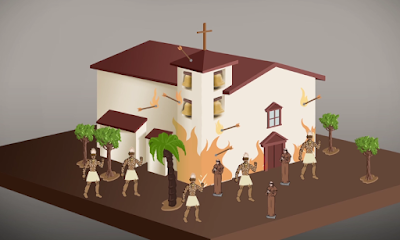After last night’s poetry readings/performances at Split
This Rock, I clapped with all my heart, cheered with the crowd at the Nat Geo
auditorium, then, before the lights were even all the way up, gathered myself
and walked out into the dark. Out through
the crowd of well-dressed people in the museum holding their little dishes of
cheese and fruit, juggling tall glasses of champagne and exchanging phone numbers; out past the
guards, and onto the lively street of D.C. at ten p.m. on a Thursday night.
Cherry blossoms drifted through the air like little pieces of a hundred different alphabets.
I didn’t speak to anyone.
I didn’t want to speak to anyone.
My head and body and heart were all full of tenderness and an exquisite
energy that I could not voice and did not want to disturb. Even now, 9 hours later, words are hard to
summon. Hearing poetry/story told with
such passion, honesty, and craft – all at the same time! – for two hours was
like standing in front of a tsunami, watching it come towards me, letting it pound me into the earth, and then
miraculously rising to find myself still alive, more alive.
For the record, last night’s readers:
Bobbi Johnson (oh my god this girl is a hurricane; high
school D.C. Youth Slam Champion 2015, her poem about the erasure of Black girls
and women’s names and presence is engraved in my soul; it's not in the program or online, but as soon as I find it, I'll post here)
Sara Brickman (Split This Rock 2015 Poetry Contest winner,
“Letter From the Water at Guantanamo Bay” – I couldn’t breathe and when I
re-read this poem, I feel claustrophobic in the most exquisite way.
Aracelis Girmay (Read from her new book Black Maria: I will quote from a review here, because I didn’t know
how to sum this up without the poem in front of me: “The crowning
achievement of this book is a jaw-dropping long-form poem which weaves together
stories from the youth of astrophysicist Neil DeGrasse Tyson and Girmay’s
dreams of her own future child.” “Jaw-dropping”
is not what happened for the audience last night, however. I have never heard an entire auditorium of
people breathe, sigh, moan, and cry out in concert before.)
Craig Santos Perez ("Spam's Carbon Footprint" SP-SP-SPAMMMMMMMM) made us laugh and groan with
recognition. “CARE” made me cry. "Daddy's Here." Oh, Daddy.
and Ross Gay ("A Small Needful Fact"
but this is the smallest part of what you need to know about this poet)
I don’t know if I can
take much more of this festival, but since I read today with other Indigenous
poets Heid Erdrich, Karenne Wood, Trevino Brings Plenty and Eric Gansworth, I
don’t seem to have much choice. If you don’t hear from me again, know that I
went up in flames, willingly.






